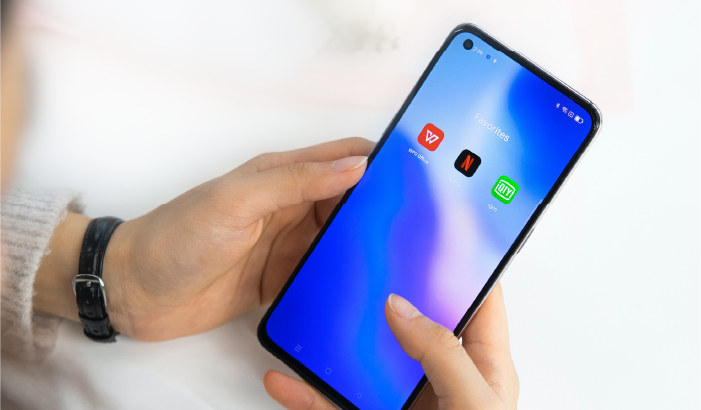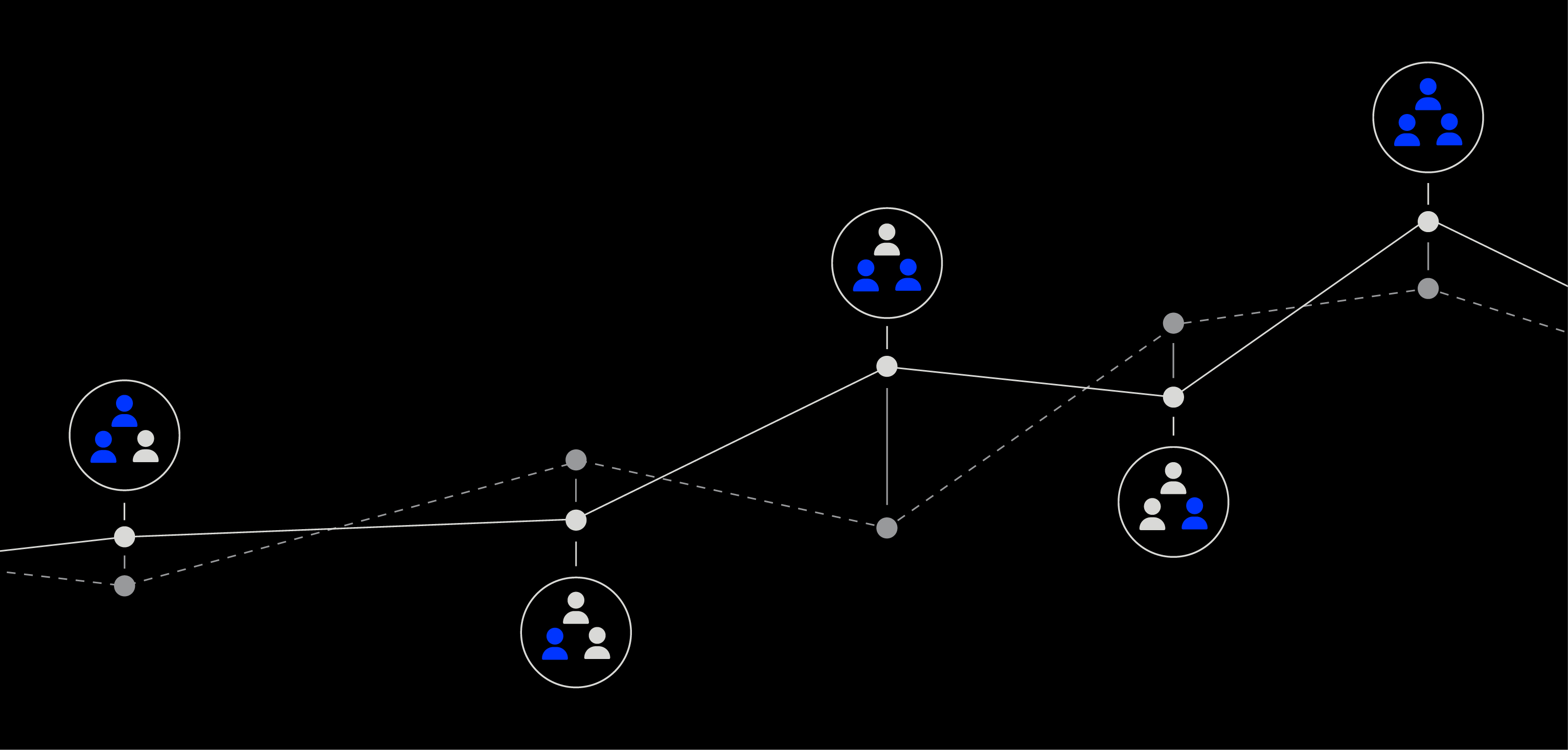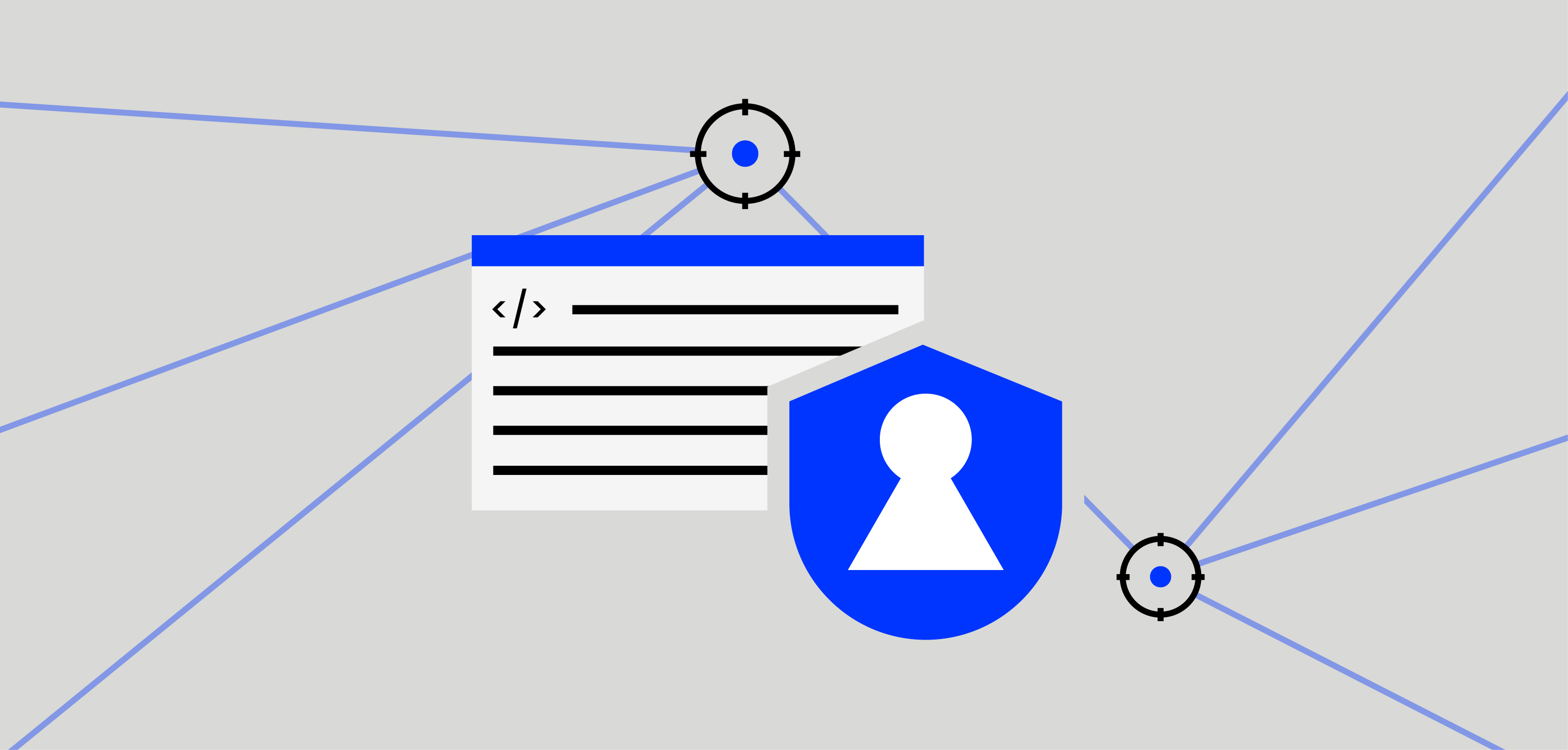How mobile apps affect and enhance the customer journey
- Reading Time: 6 minutes

Sign up
to drive your business with the power of data
Customers have always been and still remain the most important people involved in any product. They’re the ones who have the most power, their happiness is the most critical to your success, and their displeasure is the single most likely thing to cause problems for you.
This is why it’s critical to make sure your customer is engaged and interested in your digital product at every stage of their journey, from when they first hear about it to when they become regular users.
None of this is particularly groundbreaking, but what is new and revolutionary are the methods by which customers are interacting with companies and the ways to optimize those methods to enhance the customer journey. Specifically 5.22 billion potential customers all use mobile phones and mobile apps (to varying degrees), and this is radically changing the ways in which companies can use these apps to change their customers’ journeys for the better.
How does the customer journey on mobile devices differ from traditional customer journeys?
Traditional customer journeys are predictable, linear, and individual. They begin, they peak, and they end (or ideally settle into loyal usage). Hear about product, go to store to buy product, use product, enjoy product. That world no longer exists, and companies that are willing to detach themselves from traditional customer journey models are destined to succeed faster than others.
Today, your customer might see you first on a digital touchpoint and ignore you only to find you again on another digital device and find you more intriguing. It’s neither predictable nor linear, but it does get back to what we said in the opening paragraph: it means the customer has the power and is in control of their own journey. What this means is that it’s no longer predictable, as every customer chooses how and where they most want to interact with brands, and it’s up to the brands to enhance the experience across the touchpoints chosen by their customer. And this is only further emphasized by the fact that customer experiences are now no longer individual: they’re public and shared. The customer journey you create isn’t just important for how one person reacts, but for how every potential customer around each of your customers is reacting along with them. Starbucks is a good example of this. A potential customer might walk past a physical store and ignore it before interacting with the brand online. Once customers interact with their app, however, they discover that they can order and pay all through the app. They can collect points and share on social media how many points they’ve earned online, as well as interact with the massive online community where ideas are constantly collected.
How to offer a fully integrated mobile strategy
Again, that mobile is the way forward is something we’ve all figured out by now. In 2018, a survey of American companies showed that 72% of companies either had their own mobile app or planned to produce one. By 2018, while 71% of marketers believed that mobile marketing was a key to their business, it was calculated that much fewer had developed a coherent, fully integrated strategy. If you don’t a fully integrated strategy mapped out, the customer experience will become disjointed. With multiple steps in a customer journey, the advantage of mobile apps is the ability to optimize each step, each individual journey so that – to the customer – the blend into one fluid, amazing experience. This means that you’re not just adding in a department to deal with the mobile side of things, you have to map out the entire mobile customer journey.
Mapping your mobile customer journey
What you’re really looking for is what your customer is doing across every stage of the journey, and what it is that will lead them to the next stage. This may even mean that you’re mapping out a single step across multiple platforms, all of which are designed to take them to the next step. Your map should answer a number of crucial questions:
- What is motivating your customer to continue on with their experience?
- What are their emotions, what is the thing they care most about?
- What emotional experiences are you directly affecting to keep them engaged?
- What are the things you don’t know or can’t control that is helping/prevent them from taking the next step?
- What are the barriers you DO know about and CAN control, such as cost, process, implementation of your strategy, or anything else to help them reach the next step?
- At each digital touchpoint or step, how is your customer engaging with your brand?
To answer these questions, there are four basic steps you need to make sure you are thorough in how you approach your customer’s journey and account for everything you can.
1. Determine how/where/your customers act
Begin by looking at specific customers and analyze down to the bone every detail of their journey. This can give you a sense of the behavior you can expect from new customers to trace how each step may play out and to get a full understanding of their experience. Beginning with actual customer journeys rather than mapping out a hypothetical is a good place to start to see how things can play out.
2. Understand your customer’s goals – or why they act
While every customer goes on a different journey from the next, very often their end goals are the same, and this can be the unifying factor both in your customers themselves and the app you’re creating. Of course, goals are rarely static and often shift throughout. By the end of the journey, goals may be considerably more specific than they were at the outset of a customer’s journey. This includes customer segmentation, wherein first-time users are separated by specific segments and the most valuable segments are identified for your tailor-made communication.
3. Identify every touchpoint in the user journey
Put together a list of all marketing and sales activities, as well as every single touchpoint at which your customers will interact with you. Then, cross reference what behavior each activity is supposed to encourage with the touchpoint that is supposed to drive that behavior. This way you can create a comprehensive list of touchpoints and the purpose each serves.
4. Gather data, develop KPIs, and analyze it
As each step is unique, it’s critical that you gather data on how each step is helping convert, engage and then retain your customers. Big data analytics and customer engagement platforms like Dataroid are excellent in producing real-time, continuous reports to show both how your customer is moving through their journey and also where the pain points might be. Dataroid’s application performance monitoring capability helps financial institutions and retail companies to identify most significant pain points and technical issues that impact user experience and enables the relevant teams to take corrective actions. Without this data, you’ll find it difficult to discover the holes in your map. This data must be continuously optimized and updated as more piles in so that you can further optimize every touchpoint. For instance, once you have data, banks are able to predict which customers are most likely to apply for instant loans, or to detect customers more likely to hold on to their money.
Key Takeaways
The ubiquity of mobile apps and mobile devices can be daunting for companies planning a strategy. But while mobile apps bring a slightly less structured customer experience, they also bring one that is infinitely more trackable. Every step produces data, and that data can in turn be used to optimize the steps themselves to create a full fluid and integrated mobile customer journey. Dataroid maps out this journey and at a variety of optimization mechanisms and tools to harness the power of analytics for maximum customer engagement.
YOU MAY ALSO LIKE
Drive your digital growth
Schedule a demo today to learn more on how we can help you unleash the potential of digital using Dataroid.





